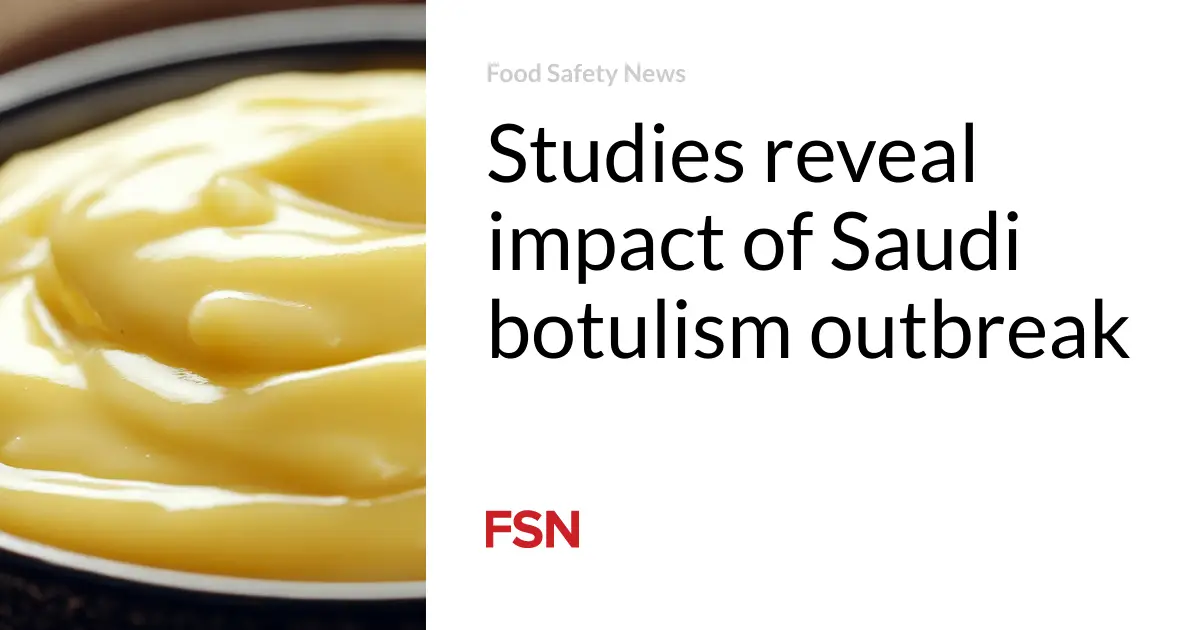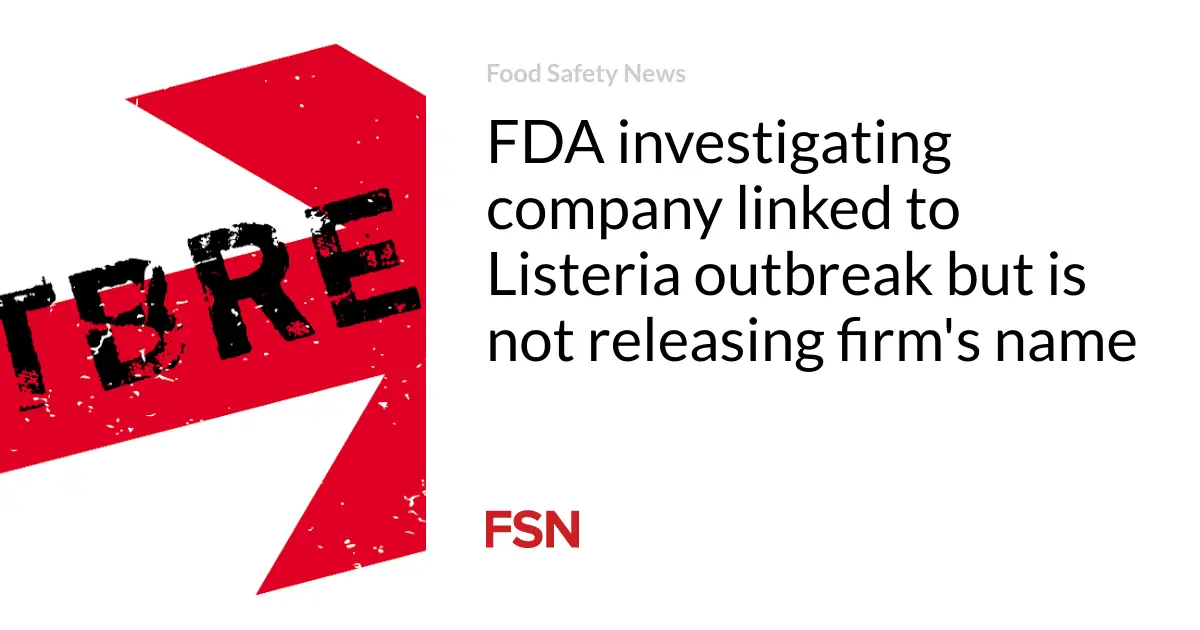
Scientists have provided more detail on some of those sickened in a botulism outbreak in Saudi Arabia earlier this year.
The study covered the clinical and epidemiological characteristics of 19 people who were suspected and eight cases that met the case definition for botulism as part of the outbreak that affected a total of 75 people in Riyadh. Foodborne botulism has not been previously reported in Saudi Arabia.
All patients referred to Riyadh First Health Cluster Hospitals between April 22 to 25, with gastrointestinal symptoms, respiratory distress, or descending paralysis after consuming mayonnaise from the popular Hamburgini burger restaurant chain were admitted for assessment and care.
Scientists conducted a retrospective analysis of medical records and interviewed patients hospitalized with foodborne botulism or their attendants. Findings were published in the Journal of Epidemiology and Global Health.
Burger outlet link
The eight confirmed cases ranged in age from 12 to 38. Two were male and six were female. All patients went to hospitals between 20 and 105 hours after eating contaminated food. Seven were of Saudi nationality and one was a non-Saudi.
They all had the same epidemiological link, having eaten from different branches of a well-known burger restaurant. Two cases were stable, six required intubations, with one of them being brain dead.
Only eight of 11 people who consumed the identical meal from the same burger restaurant displayed signs of botulinum toxicity.
According to the Saudi Food and Drug Authority (SFDA), laboratory tests found Clostridium Botulinum in a sample of BON TUM mayonnaise served at the restaurant.
Many patients were admitted to hospital a few days after the onset of symptoms, so the time between the consumption of tainted food and the withdrawal of serum samples may account for the unfavorable outcomes, said researchers.
Prior to the collection of samples for testing, patients were given anti-toxin, which can explain false negative results.
Notable symptoms included dysphagia in all eight patients, as well as dysarthria, generalized weakness, and nausea and vomiting in seven patients.
More patient analysis
Another study, published in the Saudi Medical Journal, shared details on 13 suspected cases of botulism at Prince Sultan Military Medical city in Riyadh between April 18 and May 5.
A dozen patients required intensive care unit (ICU) admission and one needed intubation. Symptoms included cranial nerve palsies, gastrointestinal symptoms, limb, and respiratory muscle weakness.
Patients were eight males and five females. They ranged in age from 18 to 43 and all but one was of Saudi nationality.
The period from exposure to development of symptoms varied but was mostly within several hours, not exceeding 48 hours. Botulinum antitoxin was given late to the first three patients, as the diagnosis was not clear. Remaining patients received the antitoxin straight away.
A total of 11 patients were discharged home in good conditions. One patient was still in ICU, on mechanical ventilation, and another was in the rehabilitation ward.
Botulinum poisoning is a rare but life-threatening condition caused by toxins produced by Clostridium botulinum bacteria. In foodborne botulism, symptoms generally begin 18 to 36 hours after eating contaminated food. However, they can occur as soon as six hours or up to 10 days later.
Symptoms may include double or blurred vision, drooping eyelids, slurred speech, difficulty swallowing or breathing, paralysis — particularly of muscles used for breathing — a thick-feeling tongue, dry mouth, and muscle weakness.
(To sign up for a free subscription to Food Safety News, click here.)







